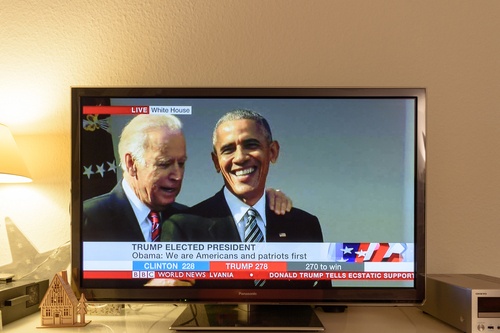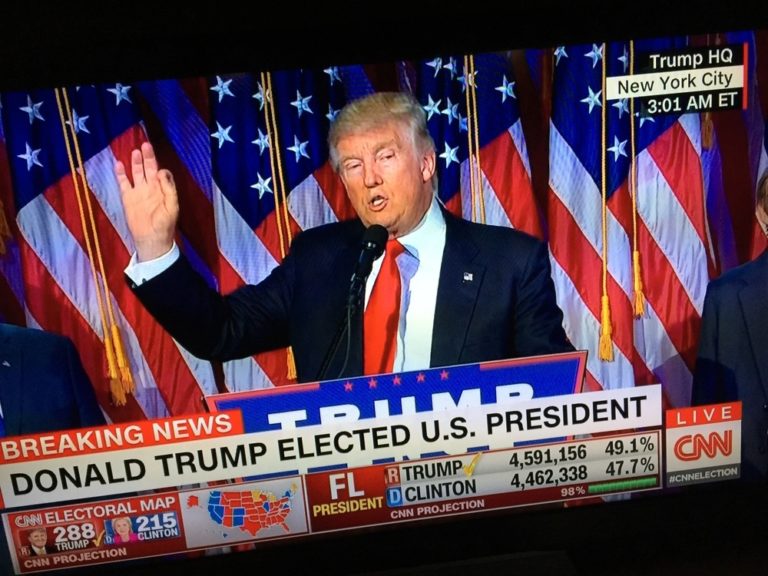Key Takeaways:
– The new Federal Reserve statement introduces notable changes
– Focus on asset purchases rather than interest rates
– Inflation remains a concern to the Federal Reserve
– Prolonged low-interest rates hinted
Fed Statement: Decoding the Revisions
Crucial revisions have been made in the most recent statement by the Federal Reserve. These changes, although detailed in the information-loaded document, underline significant policy changes.
Concentration on Asset Buying Rather Than Interest Rates
The latest statement focuses more on the Federal Reserve’s asset purchases keeping an eye on quantitative easing. The prior focus was aligned towards adjusting interest rates. The shift indicates that the Fed is willing to infuse more liquidity into the market going forward. This strategy aids in maintaining lower long-term interest rates, promoting economic growth.
Presence of Inflation Concern in the Statement
Unlike the previous stances, the latest statement underlines the existence of inflation. It is no longer seen as a transitory event as previously classified by the Fed. This references the Fed’s concern over rising prices and what the long-term impact may hold for the economy. The shift suggests their readiness to take appropriate measures, ensuring sustained economic recovery while balancing inflation rates.
Extended Timeframe for Low-Interest Rates
The Fed hints towards the continuation of the historically low-interest rates regime. Persistently low rates also signify the Fed’s decision to boost borrowing, spending, and ultimately leading to economic recovery.
Implications for the Post-Pandemic Economy
The changes suggested in the new Fed statement have major implications for the post-pandemic economy. With an apparent shift towards quantitative easing and less emphasis on the interest rate adjustments, the Fed appears to be focusing on long-term recovery. This might vary considerably from the short-term measures previously predominant in the pandemic economy management.
The emphasis on inflation suggests that the Federal Reserve acknowledges the risk of escalating prices. As the economy recovers from the pandemic and demand rises, the upward pressure on prices could scupper recovery attempts. Therefore, the Fed’s readiness to tackle inflation underscores its commitment to stable economic growth.
Continued low-interest rates will ensure that borrowing costs remain suppressed. This will, in turn, encourage more spending and investment, fueling the economic growth engine.
Final Remarks on the Federal Reserve’s Strategy
The new statement from the Federal Reserve calls attention to some significant changes in their economic approach. The shift towards an increased focus on asset purchases and less on interest rate changes underlines a long-term view for economic recovery. The fact that the statement addresses inflation highlights a noteworthy concern about escalating prices hampering growth.
Furthermore, the indication towards persisting low-interest rates proposes a favorable condition for a protracted economic recovery. The Federal Reserve, with these updates in the statement, demonstrates a nuanced and responsive approach towards managing the world’s largest economy moving forward. It reflects their adaptability to changing economic scenarios and commitment to establishing a stable, healthier economy over the long run.
In essence, the latest Federal Reserve statement offers insightful revelations about its evolving strategy. It signifies a purposeful shift in priorities and provides valuable indicators of what lies ahead for the economy. In evaluating these cues, policymakers, investors, and analysts can better prepare for the anticipated economic circumstances.









